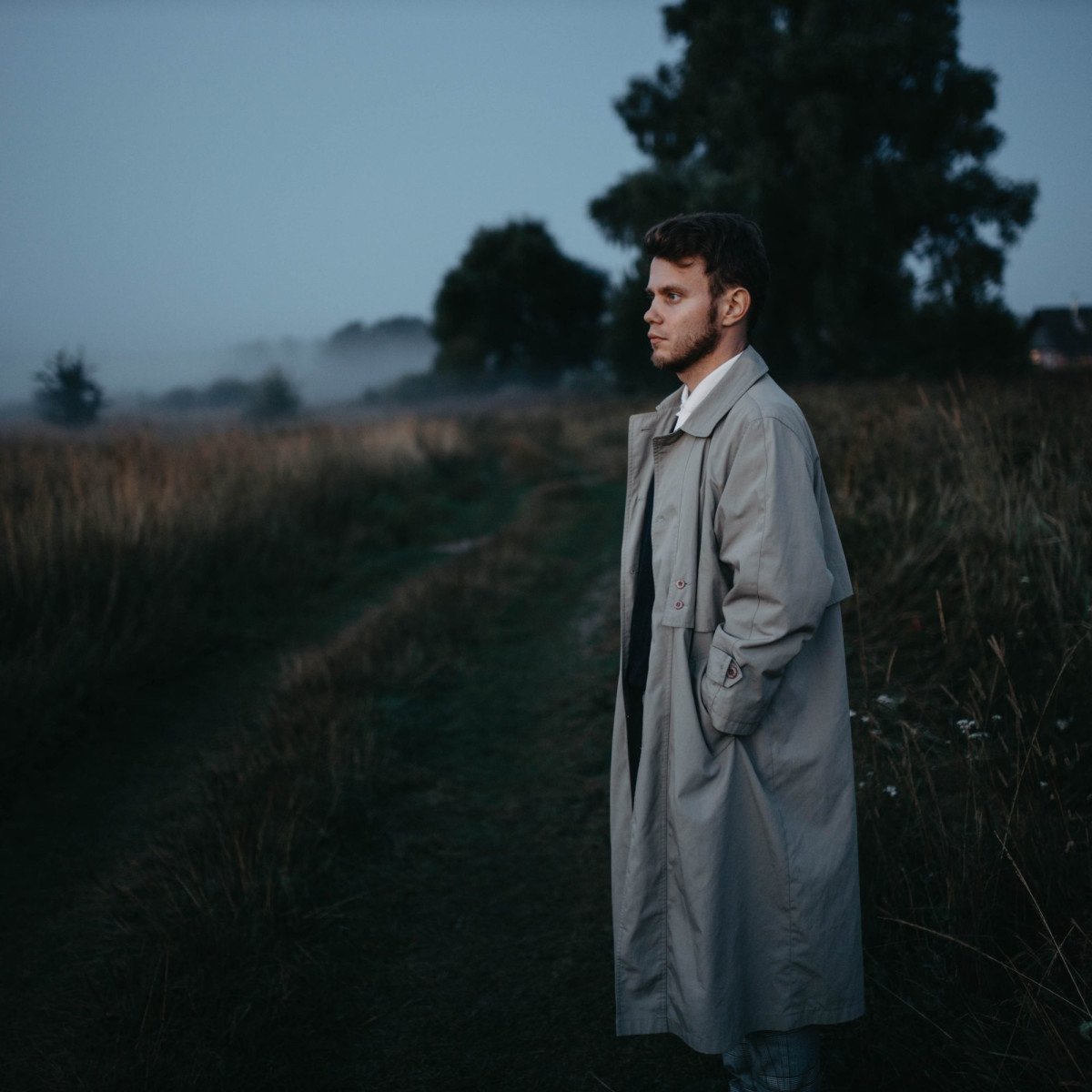Ever been to a Victorian-era house and noticed a sepia-toned photograph of a seemingly unsuspecting subject in a peaceful slumber? Well, it might surprise you to know that you were actually looking at a post-mortem photograph. Considered a morbid taboo in current society, post-mortem photography was once a common way to commemorate lost loved ones and handle the grieving process. But what happens when the cameras continue to click, long after the final farewells?
Within the realms of professional photography, a subject that often surfaces yet remains clouded in ambiguity is the ethical considerations surrounding post-mortem photography. Deeply woven with the cultural fabric and social sensibilities, the ethical value of this practice is much like viewing a picture in grayscale – not quite black and white.
Recalling a Personal Encounter
A few years back, I found myself in the midst of an ethical conundrum. A grieving client had requested a post-mortem photoshoot of her late husband. I was torn. Was I crossing the photography ethics line or helping a mourning wife hold onto tangible memories?
“Remember, Rodney loved the lens, and he would’ve wanted this,” she said, her voice a poignant reminder of the emotional undertones tied to this practice.
Confronting the Ethical Questions
The instance got me thinking: Just because we have the technical capability to capture any and every moment, should we? We’ve seen the photography ethics debate heating up around themes like street photography and paparazzi culture. But when the subjects are no longer part of the living, the discussion takes an even more sensitive turn.
Most of us consider photographs as keepsakes of joyful moments, tangible memories that bring a smile. But for some, they serve as poignant reminders of what was and can no longer be. The question that needs to be asked is not whether the act of post-mortem photography is ethical, but under what circumstances it becomes problematic.
Understanding the Cultural Context
In the Victorian era, post-mortem photographs were tokens of remembrance, a way of dealing with the grief of sudden death. Families would adorn their deceased loved ones and stage these final photographs as if the subjects were merely sleeping. The act was therapeutic, a way to cope with loss and move on.
Today, the outlook has drastically evolved. Death, in modern society, has become a largely private affair. Public displays of grief could be seen as intrusions upon personal spaces. Therefore, post-death photography often raises questions about intrusion, exploitation, and consent.
Making a Thoughtful Choice
As photographers, the power of the lens bestows upon us a responsibility. We must strive to respect individual and communal boundaries, honoring the sanctity of personal moments. This becomes especially significant when dealing with grief and loss.
In my personal experience with the grieving wife, I chose to facilitate her wishes. Her consent, combined with the clear context of memory preservation, guided me through the ethical labyrinth. Yet every situation may not present such clarity, demanding on-the-spot ethical judgments.
Ultimately, it’s about balance – between being a silent observer or an active participant, between respecting societal norms or pushing artistic boundaries. It’s a thin line, and we, as photographers, tread it every day.
And so, the question remains: Where do you draw the line?


0 Comment